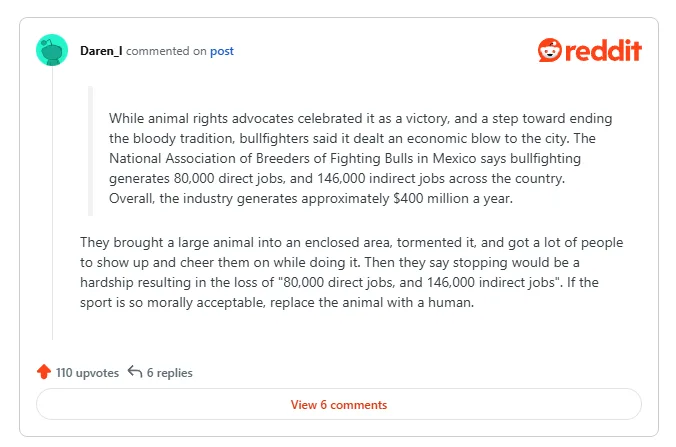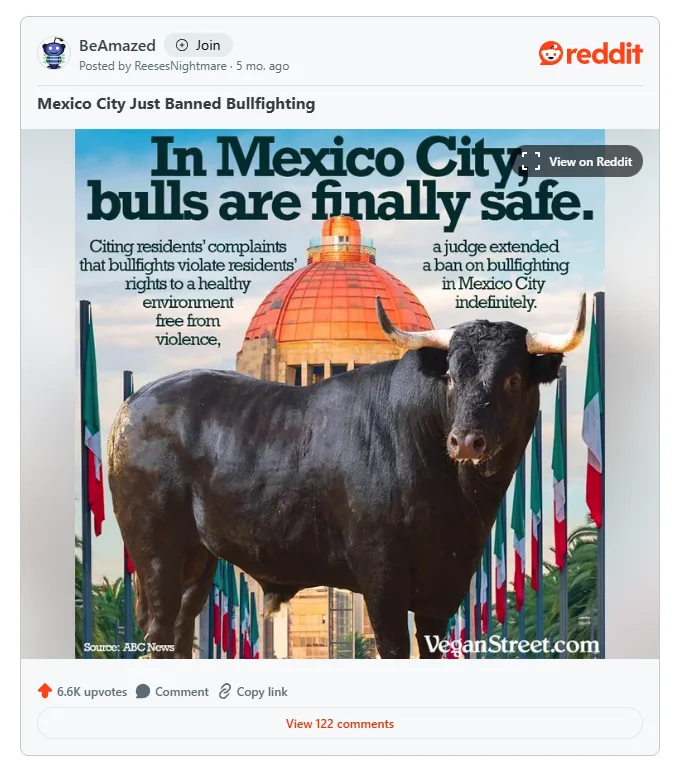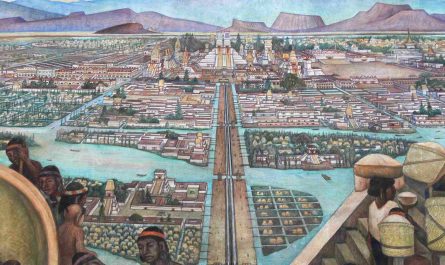On March 18, 2025, Mexico City lawmakers achieved a momentous milestone, casting a strikingly decisive 61-1 vote in favor of legislation that fundamentally reshapes the tradition of bullfighting in the heart of Mexico’s capital.
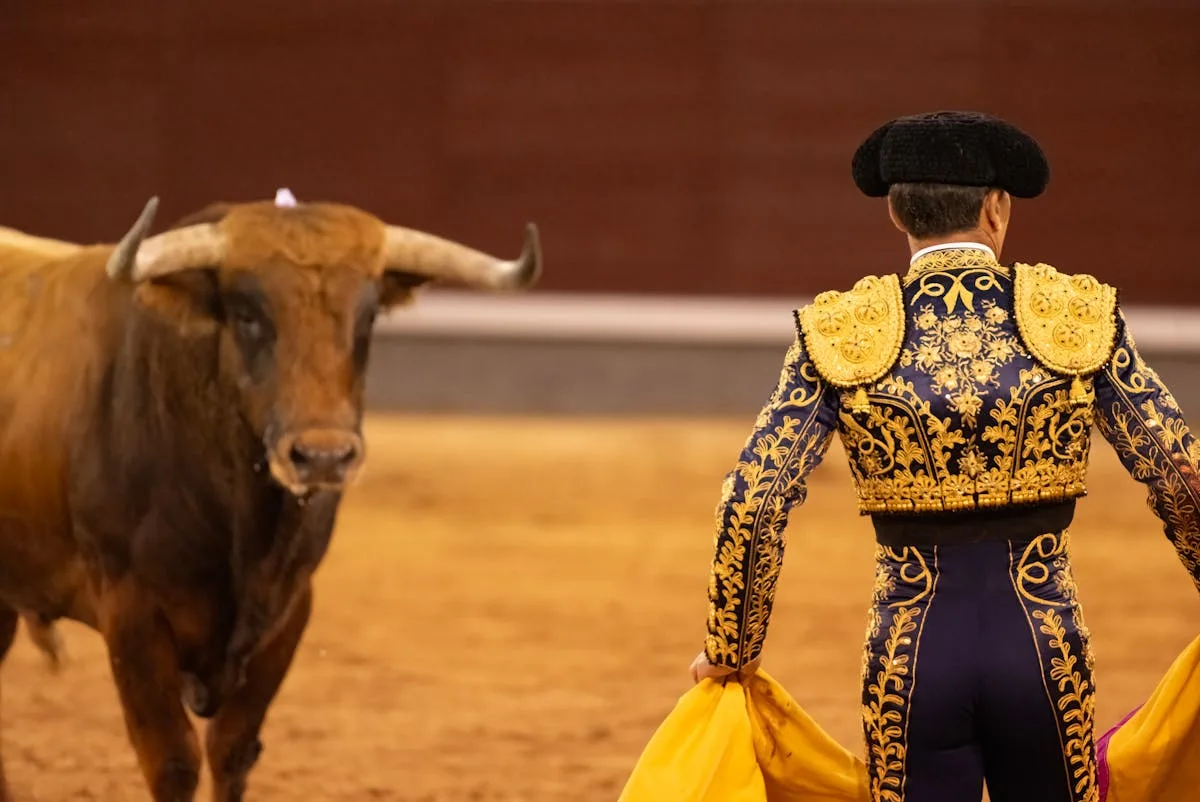
This groundbreaking decision mandates that matadors perform their craft without resorting to the killing of bulls or the use of sharp instruments that could inflict harm on these animals during the dramatic spectacles. For many, this innovative approach strikes a delicate balance—preserving the rich heritage of a centuries-old cultural tradition while taking significant strides toward enhancing animal welfare.
Local politicians heralded the initiative as bullfighting without violence, a slogan crafted to bridge the wide divide in opinions surrounding this contentious issue. The atmosphere outside the congress was charged with raw emotion, as individuals on both sides of the debate converged, passionately expressing their views in a swirling mix of fervor and fervent protest. The stark contrast in reactions underscored just how polarizing bullfighting remains within Mexican society, revealing deep-seated sentiments and evoking dramatic scenes that captivated the attention of onlookers and media alike.
No More Swords or Blood – How It Works Now
Under new regulations, several key changes fundamentally alter how bullfights operate in Mexico City. Here are some of the main points:
- No More Harming Bulls: Bullfighters cannot use sharp objects like swords, lances, or banderillas (the barbed darts). This means the part of the bullfight where the bull gets hurt and killed is now banned.
- Time Limits in the Ring: New rules also limit the time a bull can be in the arena. Some reports mention a limit of 15 minutes per bull, while others state 10 or up to 30 minutes. Exact details on timing might become clearer as the city government issues further regulations.
- Bulls Return to Ranches: After the event, bulls must go back to the ranches they came. They are not killed in the ring or afterwards as part of the spectacle.
- Focus on Cape Work: Matadors can still use capes to draw the bulls and perform their maneuvers.
- Padded Horns: Some accounts mention that bulls’ horns will have padding. This helps prevent injuries to people or other animals.
- Animals Under Protection Law: Bulls involved in these events now have full legal protection from abuse under animal protection laws, which was not the case before.
Cheers and Jeers Around the City
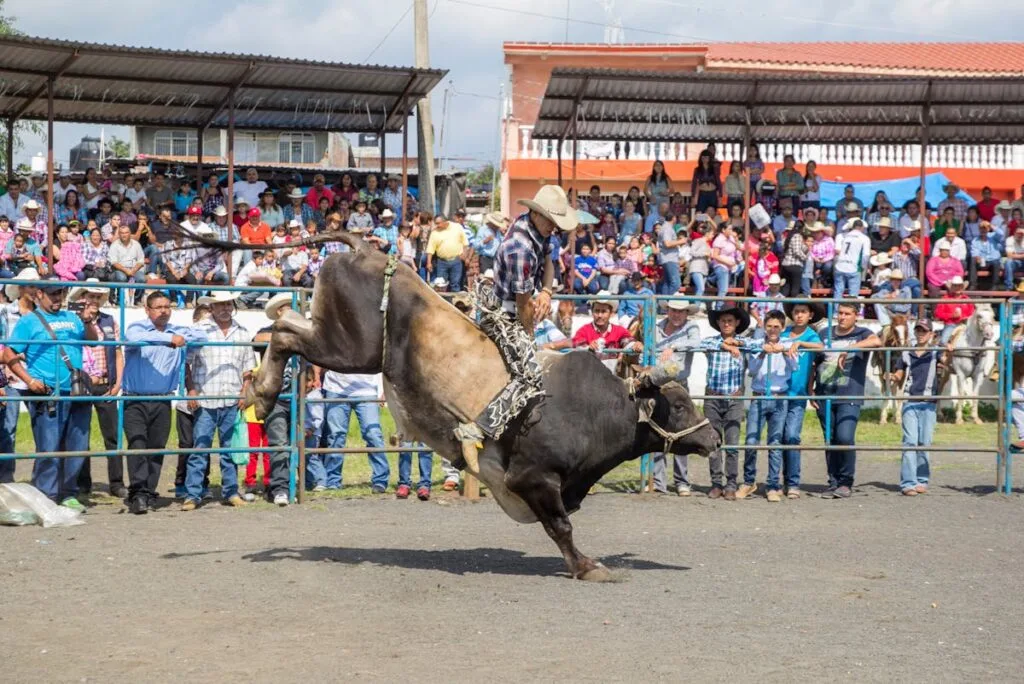
Outside Congress, animal rights activists celebrated a long-sought victory. Sofía Morín from the Culture Without Torture called it “huge step in protecting animals.” while acknowledging a full ban remained their ultimate goal. Anton Aguilar, executive director of Humane World for Animals Mexico, welcomed bulls no longer facing “Bulls will no longer be subjected to the brutal cruelty of being repeatedly stabbed and ultimately killed in the ring, which is something we welcome,” said Anton Aguilar, the executive director of Humane World for Animals Mexico, while noting that “a bull event without violence does not mean one without suffering”.
Meanwhile, passionate bullfighting supporters staged angry protests, attempting to breach police barricades at Congress. Many carried signs declaring, “Being a fan of la fiesta brava is not a crime, it’s a point of pride.” Some protesters, like Juan Pablo Pimienta, argued killing remains fundamental to bullfighting’s nature, shouting through a megaphone about how death in a bullring represents a fighting bull’s proper destiny.
Industry representatives raised major economic concerns. According to official figures, bullfighting generates approximately 80,000 direct jobs and 146,000 indirect jobs across Mexico, producing around $400 million annually. Salvador Arias, a Tauromaquia Mexicana lawyer, complained that authorities never consulted industry stakeholders about proposed changes.
From Supreme Court Battles to City Law
Legal battles over bullfighting in Mexico City have continued for years. A judge banned bullfighting in June 2022, temporarily shutting down Plaza México, billed as the world’s largest bullfighting ring with 42,000 seats. However, Mexico’s Supreme Court overturned that ban in 2023 without explanation, allowing events to resume.
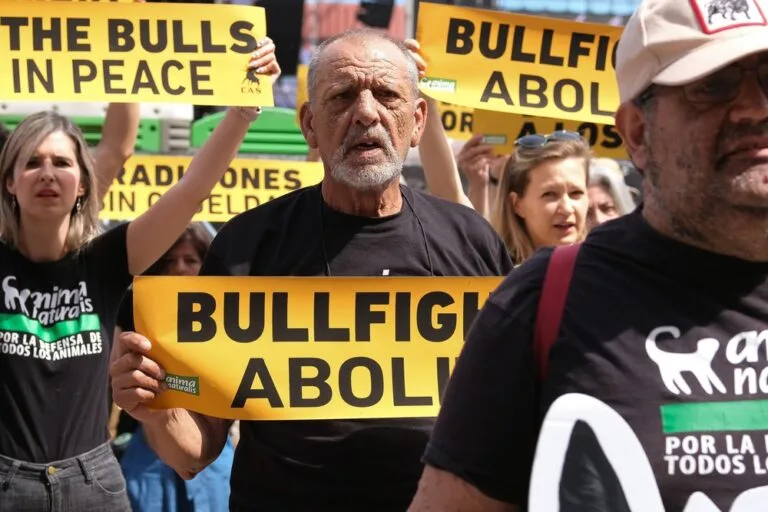
Several Latin American locations have moved toward restricting or banning bullfighting recently. Colombia approved a ban in 2027, while Ecuador’s capital, Quito, banned killing bulls during fights. Animal rights groups estimate that approximately 180,000 bulls die yearly in bullfighting worldwide.
Mexican President Claudia Sheinbaum supported Mexico City’s compromise approach, describing it as a “good solution” that balances job preservation with animal abuse prevention. Green Party lawmaker Jesús Sesma acknowledged frustration among traditional bullfighting fans but emphasized that, thanks to finding middle ground, “no one lost their job.”
Social Media Reacts
People on Reddit have been sharing their thoughts about Mexico City’s new bullfighting rules. Below, you can see some of these reactions and get a sense of the public conversation. Reading these comments offers a peek into how different individuals feel about this change to a longstanding tradition.
One user in the r/news subreddit mentioned the economic impact, stating, “The National Association of Breeders of Fighting Bulls in Mexico says bullfighting generates 80,000 direct jobs, and 146,000 indirect jobs across the country. Overall, the industry generates approximately $400 million a year.” They also quoted another commenter who questioned if jobs would truly be lost, suggesting, “Like, just switching to non-lethal doesn’t negate the sport… If anything, it seems like the sport would now be cheaper to run.”
In a thread on r/BeAmazed, a commenter highlighted the specifics of the new law: “This legislation does not appear to ban bullfighting as a whole, just any aspects which clearly harm the bull, which is a compromise between animal welfare and cultural heritage.” Another user in the same thread expressed a more critical view, “I’m not a defender of bullfighting, but this seems to make it pretty much a type of ‘circus’, and using animals in circuses has been illegal in Mexico for like 10 years. I can’t imagine this sticks.”
A discussion in r/asklatinamerica presented varied opinions. One person stated simply, “Bullfighting is BS, simply as that.” Another commenter offered a different angle: “The bulls are gonna get really good at it and start always winning. I’m against the sport but just picture if bulls fought weekly they would wreck bullfighters.” Someone else added a practical observation about the new rules: “The legislation still allows ‘fighting’ in that men are in the rings with the bulls, however they wouldn’t be able to use bladed weapons to injure the bull.”
Will Fans Show Up for Bloodless Fights?
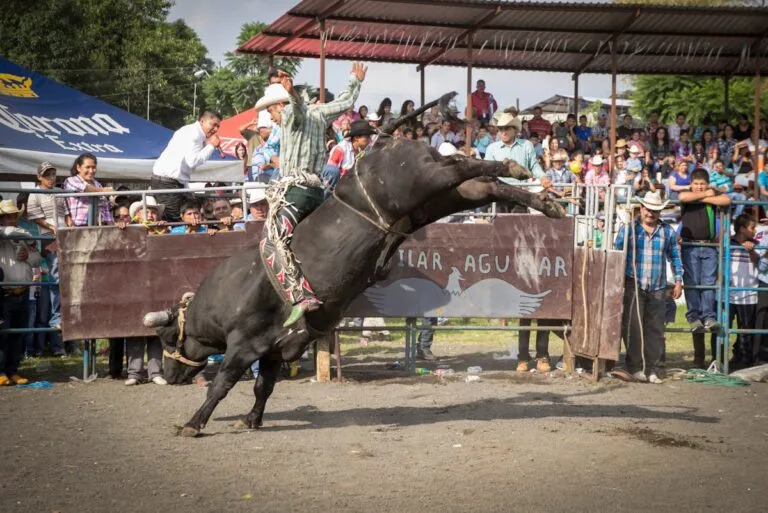
A central question remains: Will fans attend bloodless bullfights? Culture Without Torture expressed doubt, stating, “What fans of bullfighting truly want to see is blood.” Salvador Arias from Tauromaquia Mexicana pointed to a similar failed experiment in Spain’s Balearic Islands, where bloodless fights attracted little interest before Spanish courts eventually struck down regulations.
Some animal welfare advocates acknowledge progress, but argue bulls still face significant suffering. Roberto Vieto, Animal Welfare Advisor at World Animal Protection, noted, “Bulls will still endure stress during transportation and exposure to noisy environments.” His organization continues pushing for a complete ban on using bulls in entertainment.
Plaza México —the world’s largest bullfighting venue—plans to continue operating under new rules. Proponents hope cultural adaptation might preserve jobs while advancing modern animal welfare standards. Critics from both sides remain skeptical about the long-term viability of bloodless bullfighting.
Finding Middle Ground Between Tradition and Change
Mexico City’s recent decision spotlights the shifting perspectives regarding animal welfare worldwide. Mayor Brugada encapsulated this transformative mindset when she remarked, “Culture, music, art, even rights change, evolve, transform. Big cities must transform simultaneously.” Her insightful comments capture a growing acknowledgment that traditions can be reshaped while still safeguarding the essence of cultural identity.
In this context, lawmakers have framed their reform as an evolution rather than simply abolishing customs. As councilman Victor Hugo Romo de Vivar articulated, their intention is “not to make bullfighting disappear, but to evolve.” By striving to preserve certain elements of bullfighting while eliminating its violent aspects, officials hope to strike a delicate balance between conflicting societal values.
However, it is widely believed that this current compromise will not bring a permanent resolution to the ongoing debate. Animal rights advocates regard bloodless bullfighting as merely a transitional phase on the path to complete abolition. Meanwhile, dedicated traditionalists express deep concerns about losing vital connections to a cultural heritage that stretches back centuries to the Spanish colonial era. The way Mexicans ultimately navigate this complex tension between longstanding traditions and the evolving moral landscape may hold significant implications for similar cultural discussions around the world.
